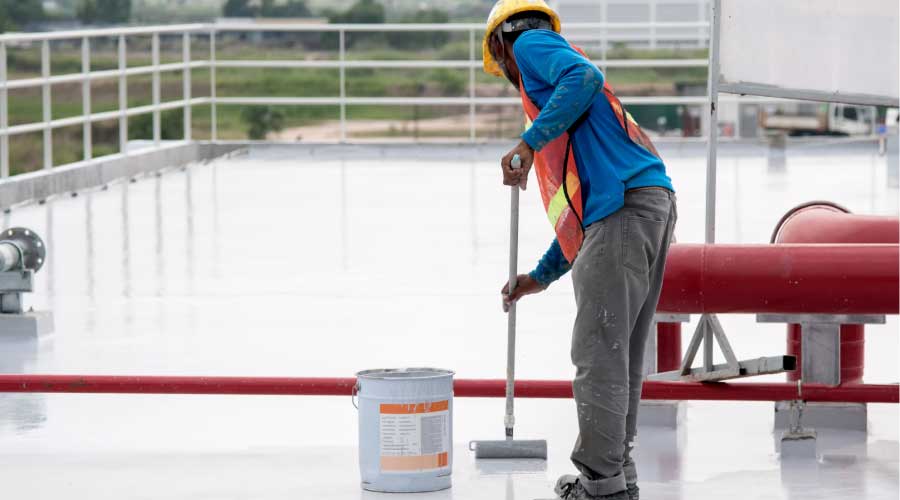Roof Problems Often Start at the Seams
Seams are often where problems start on the roof. The seam sealing method will vary depending upon the type of roof system. Thermoplastic membranes (PVC, TPO, KEE) are sealed by heating the membrane with hot air until it melts and fuses to the next section or flashing. EPDM rubber is sealed either with adhesives or sealant tapes. Modified-bitumen and conventional built-up roofs are sealed by mopping hot asphalt or applying cold adhesive to the seam. Some modified membranes are torch welded — the asphalt is heated with a propane torch until it melts and fuses to the next piece of membrane or flashing. Then there are peel and stick where a release paper is removed and the seam is pressed in place with a roller.
Seams are usually the weakest point of any portion of a roof. In any roof system, regardless of material, improper workmanship in sealing seams is the most common reason for failure of new roof systems. Where adhesion methods, such as glue, tape, asphalt, or heat welder, etc. are used, if both faces of the seam aren't sealed at once, the seam will be defective. Poor workmanship will show up where seams have not been fused correctly in thermoplastic or heat welded modified-bitumen roof installations; where seams have not been glued or tapes not applied correctly on EPDM membranes; or with voids and dry laps in mop applied modified bitumen or built-up roof seams.
In all systems, where one lap crosses another is a common trouble spot. Wrinkles in the membrane during installation will cause voids in the flashing seams no matter what type of system is used. A common location of seams not fused correctly in thermoplastics is where the heat welder changes from a machine welder to a hand welder at the ends of a run.
Having a knowledgeable person watching the installation is the best way to guard against these problems.
Related Topics:














